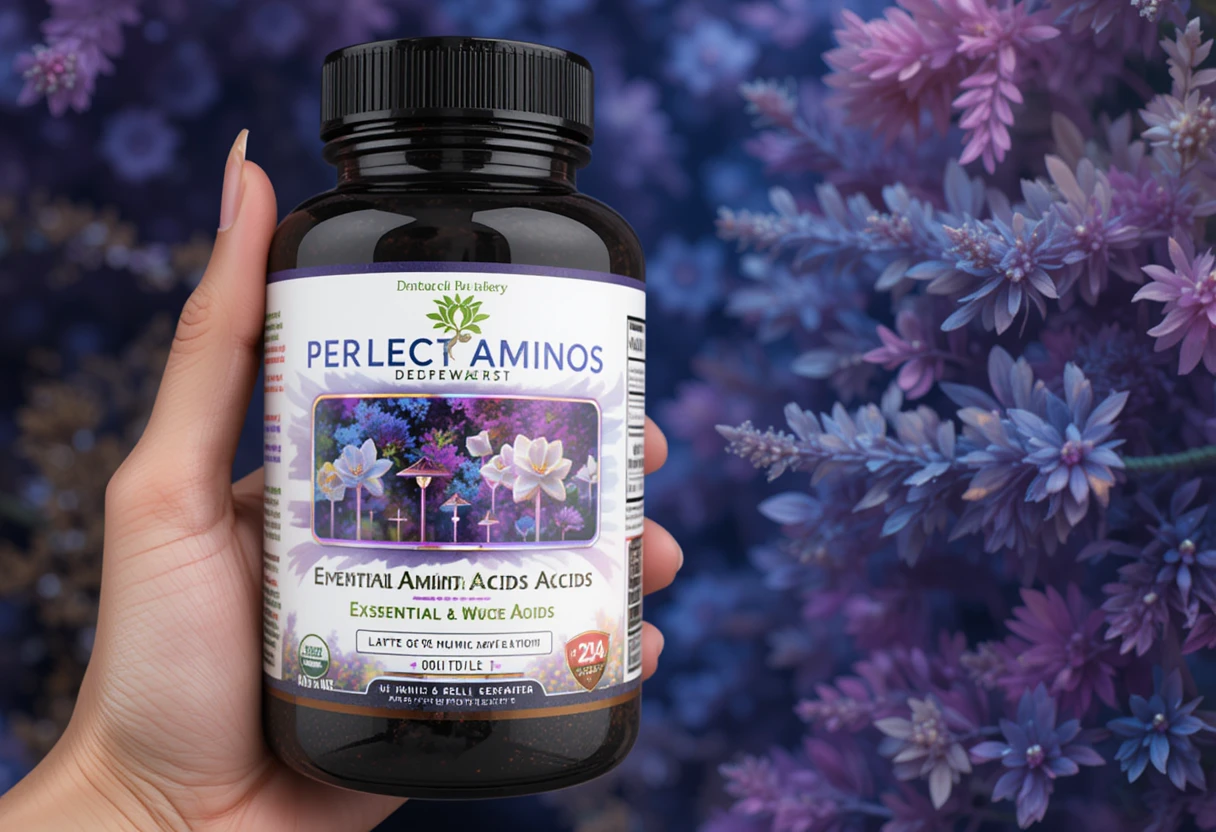
As soon as you enter any grocery store’s dairy section, there’s often an overwhelming variety of dairy options: pints, quarts and gallons of whole, low-fat, nonfat and skim milk are readily available – but how can shoppers identify which option will provide optimal value?
Mainline nutrition guidelines advise restricting whole milk because of its saturated fat content; however, new research disproves this claim.
The Role of Whole Milk in Traditional Medicine
Milk is an integral component of many meals and often features as the star ingredient, including cereal with milk, cheese and crackers, yogurt with fruit and berries, or in ice cream sundaes. Milk provides calcium, protein and vitamin D and though low-fat varieties may be more advisable, recent research indicates that whole milk may not be so detrimental to health as was once believed.
Research in this area focused on self-reported diet data and related behavioral outcomes such as attempts at weight loss or gain. Milk intake was linked with lower obesity and BMI prevalence rates, decreased waist circumference measurements and higher adherence to healthy weight ranges.
Researchers also discovered that regular consumption of whole milk was associated with a more balanced ratio between omega-6 and omega-3 fatty acids in diet. Western diets tend to have an imbalance of these fatty acids; authors believe adding whole milk could correct this.
Milk is a nutritional powerhouse. Rich in proteins and calcium, milk also boasts significant amounts of Vitamin A, D, potassium and magnesium as well as various B-vitamin enriched varieties such as riboflavin, B-6 vitamins, folate and niacin for added health benefits. Milk’s high glutathione levels play an integral part in protecting brain health as an added bonus!
History
Humans have historically relied on natural fermentation of dairy products from various mammals (cows, sheep, goats, water buffalo and reindeer) as sources of nutrition. Milk from these animals provides protein, enzymes, beneficial lactobacillus probiotics as well as fat-soluble vitamins like Vitamin A & D for our own consumption.
Whole milk is a versatile dairy product that can be enjoyed both as an individual beverage and used in recipes and baking. Usually available in one-liter cartons and sometimes smaller bottles as well, it also comes in various flavored variants and ultra high temperature milk (UHT) varieties.
Skim and low-fat milk contain lower fat contents than whole milk, leading to higher caloric intake and an increase in calories as a result. Mainstream nutritional guidelines advise limiting consumption of saturated fats as these may raise cholesterol and increase heart disease risks.
At its origins, fresh milk as a staple food dates back to the late 19th Century. Infant mortality was high at this time in urban areas, prompting new standards and regulations regarding safe food storage and refrigeration practices to emerge. Milk producers saw an opportunity for sales expansion with slogans such as “Got Milk?” marketing their product effectively.
Modern Research
Since the 1970s, government recommendations have advised consumers to choose low fat milk over full milk as part of a plan to lower cardiovascular disease risks. This belief stems from the lipid hypothesis which claims that eating saturated fat raises cholesterol and heart disease risks, although recent data from experiments casts some doubt on this assumption (1, 2).
People with high cholesterol levels or heart disease should heed the advice of their physicians and consume only limited amounts of saturated fat-containing dairy foods (2, 3). Those without these conditions can enjoy these delicious delights responsibly (2, 3).
Milk is packed with more than just calcium: protein, B vitamins (e.g. riboflavin, vitamin D and thiamin) and casein and whey proteins contain high concentrations of amino acids called branched-chain fatty acids (BCFAs) essential for muscle synthesis. In addition, milk also provides essential amounts of phosphorous and magnesium.
While many individuals believe drinking whole milk will lead to weight gain, numerous studies have demonstrated otherwise (4,5). Consumption of full fat dairy foods does not lead to weight gain or obesity (4,5), although unpasteurized milk poses health risks, and has even been linked with foodborne illness (6, 7). On the contrary, research indicates that milk produced under sanitary conditions and intended for direct human consumption is safe (8, 9). Bacteria contamination can be prevented by employing proper sanitation practices and testing raw milk regularly (8, 9).
Home Remedies
Whole milk serves many functions in our diets. From beverages such as almond or soymilk, over muesli or cereal or blended into smoothies to creamy soups, stews and baked goods – not forgetting its calcium and vitamin D benefits, not easily found elsewhere.
Though whole milk does contain some saturated fats, its levels are much lower than you might believe. When consumed in moderation and with awareness that the American Heart Association recommends keeping daily intake below 13 grams for optimal heart health.
For an economical way to reduce the saturated fat content in a glass of milk, add vinegar or lemon juice and allow the mixture to curdle; the resultant water will be devoid of saturated fat while still offering essential protein and mineral benefits from original milk. This simple trick could save money while helping meet dietary needs without resorting to expensive low-fat alternatives available at stores.






